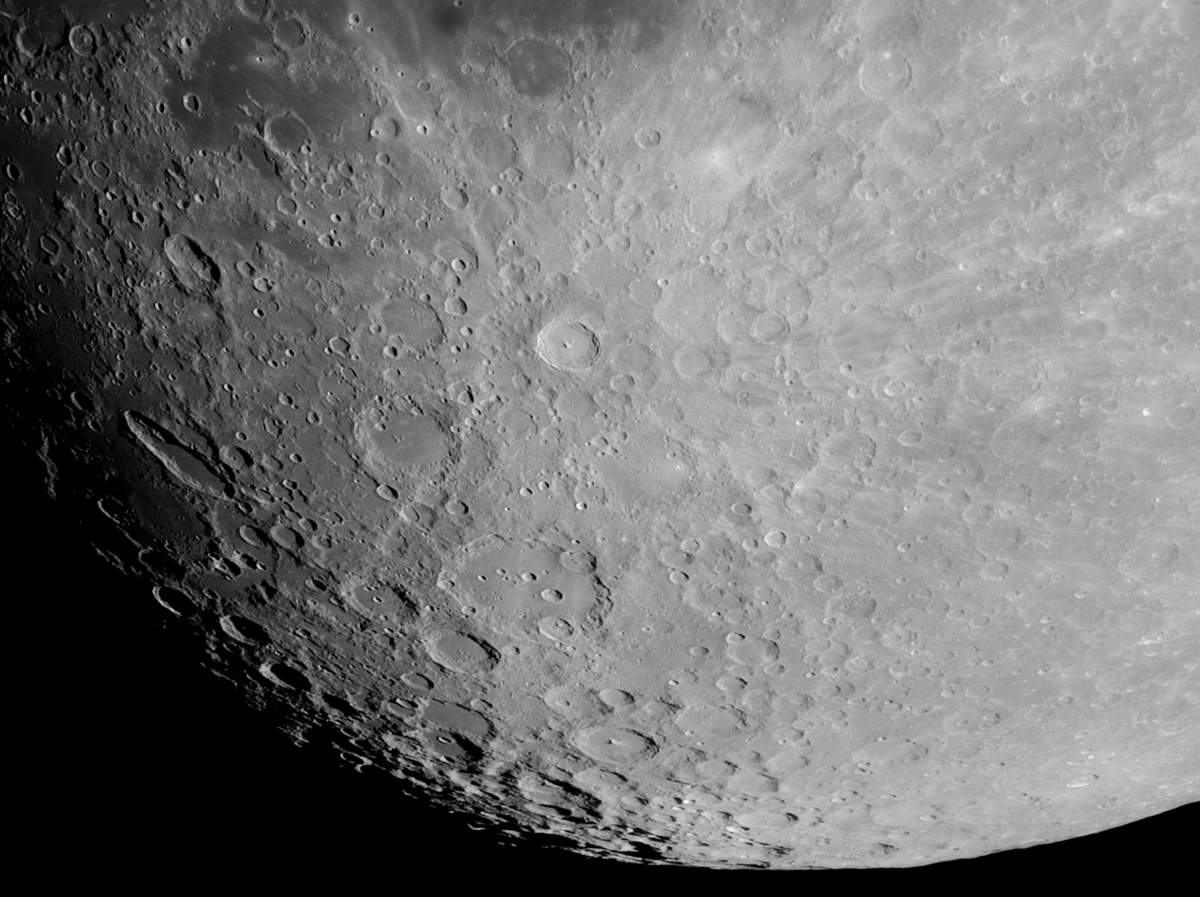Western University‘s Institute for Earth and Space Exploration, known as Western Space, will be holding a two-week simulation in northern Labrador at the Mistastin Lake meteorite impact crater.

Western Space director Gordon Osinski is leading the September expedition, which is meant to mirror a mission to the moon.
Canadian Space Agency astronaut Joshua Kutryk and NASA astronaut Matthew Dominic will, under Osinski, train in sampling and collecting rocks and practise other skills relevant to future missions to the moon. Cassandra Marion, Canada Aviation and Space Museum science advisor, will act as base camp manager.
Like a trip to the moon, the trip to the impact crater will take about three days of travel, but instead of a spaceship, it will be by commercial flight and then twin otter plane.
“We’re starting to prepare the astronauts for returning to the moon,” Osinski told 980 CFPL’s Jess Brady on Let’s Talk London. “It’s been a long time, (about) 50 years, (so) we’re basically starting from scratch.”
The Mistastin Lake impact crater is also one of just two craters in the world with substantial amounts of the bright white anorthosite, which is uncommon on Earth but makes up the bulk of the lunar highlands, Osinksi said in a release.

Get daily National news
The mission will focus on training in new technologies and team-building, with a goal of helping to provide data to help prepare for future lunar missions.
“It’s truly exciting for me,”Osinksi said. “It’s probably the next best thing of being an astronaut is training future astronauts.”











Comments